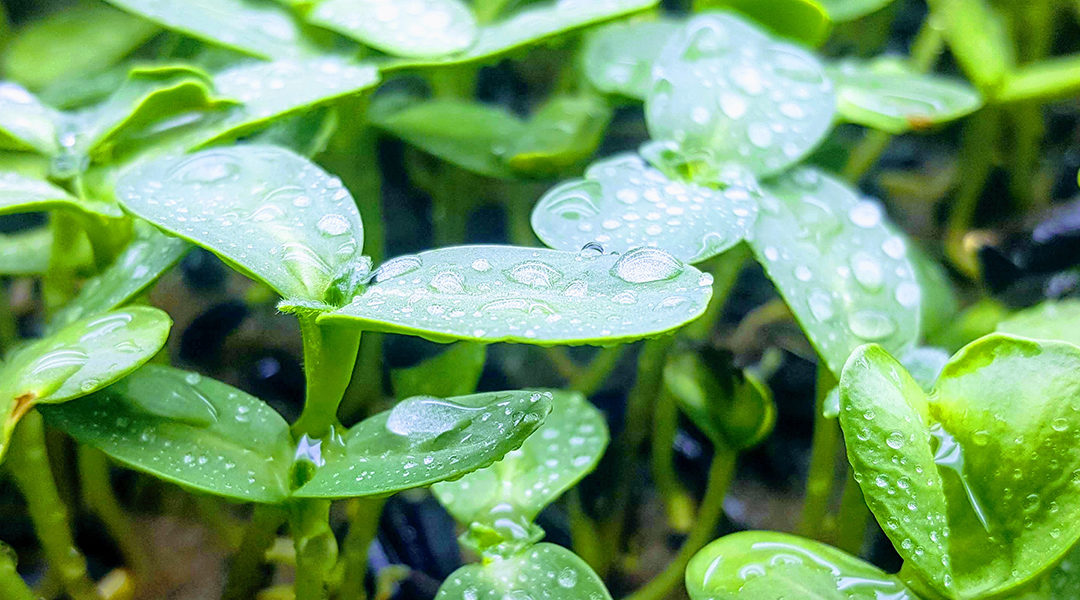Often times more than one part of a plant may be edible, be it the roots, leaves, stems, flowers, fruit or seed. The flavors of the most well-known edible flowers range from sweet, spicy, savory, sharp or bitter. Many people are surprised to learn that some of these flavorful flowers may already be growing in their garden.
The most delectable edible flowers are both pleasing in appearance and flavor and can be used as garnishes as well as ingredients. Several types of flowers can be used in both hot and cold dishes. Depending on the climate of the region where you live, some of our choices of the best-tasting, edible flowers may be easier to grow than others. However, all are relatively common, as well as having several culinary uses.
Alliums
Alliums are a genus with a wide variety of edible options. Allium flowers are described as having a mild, onion-like flavor. It should be noted that some types of alliums are ornamental and may not be edible, but others can make excellent additions to savory dishes including salads. Alliums can also be used to make vinaigrettes and light sauces. The flowers are comprised of many tiny blooms around a central stem that should be removed before cooking. Popular varieties of Allium flowers include:
Borage
Calendula
Corn Flower
Dianthus
Lavender
Lavender has a fragrant, sweet and slightly sharp taste, and can be used in sweet and savory dishes. It can be added to herb mixtures, such as the famous Herbs De Provence mix including oregano, rosemary, thyme, and other herbs. You can use it in a variety of baked goods, including cakes, cookies, and desserts. It can be dried and ground to powder when added to dishes or added fresh. However, it is generally added for flavor rather than texture, and you may prefer to use it for syrups and infusions from which it can then be strained out.
English Lavender is generally preferred to French Lavender for the more pronounced flavor. However, too much lavender flavor can quickly taste “soapy”. When using dried lavender, use less than you would if it were fresh.
Nasturtiums
Nasturtium blooms are well known for their saturated colors, blending bright shades of red, orange, and yellow. Nasturtiums leaves are also distinctive, being broad and circular with prominent, pale veins. Nasturtiums are often compared to cress and have even been referred to as “Indian Cress” for their tangy, peppery flavor. Nasturtiums can be easy to grow and can be trained as a vine to grow on a trellis. In extremely sunny and hot climates Nasturtiums should be planted in the shade.
Nasturtiums make good additions to salads where their color and peppery flavors can be appreciated. Nasturtiums frequently make popular decorations for sweets. Nasturtium’s bright green leaves are often used in salads as well as in pestos and other vegetable dishes.
Roses
Rose petals are a popular garnish and decoration but are also found as an ingredient in many dishes. The flavor of rose petals is best known for its use in sweet foods, and can be found in sugar rose syrup or candied rose petals. Rose petals can also be added to butter, sugar or vinegar as an infusion to flavor any dish. Some chefs even use dried, finely ground rose petals as an ingredient in a special spice or herb mix.
Rosehips, the fruit of the rose, are also edible and are often used to make jellies and sauces. Both rosehips and rose petals can be used in savory and sweet dishes, provided they are paired with complementary ingredients. Both are frequently used in sauces for meat. When cooking with rose petals, make sure to remove the bitter white area at the base of the petal for the best flavor.
Squash Blossoms
The bright orange-hued blossoms found on a variety of squash plants, such as zucchini, butternut, pumpkin and winter squash, are all edible and can be used as the main ingredient in many delicious recipes. One of the best-known ways of preparing squash flowers is stuffing the flowers with ricotta cheese and deep-frying or baking them. Squash blossoms can also be enjoyed when eaten raw in a salad or creatively added to pizza or pasta dishes. Squash blossoms often taste very much like the squash itself.
When growing squash, you should only harvest the male flowers for cooking, as the female flowers are needed to create the next crop of fruit. You can differentiate between male and female flowers based on the following details:
Male squash flowers have long, slender stems, as well as long stamens in the center of the flower. Male flowers blossom before female squash flowers.
Female squash flowers do not have stamens and grow low down on the plant. The stems have a bulge, which is the ovary. Female squash flowers are often considered to be better tasting when compared to their male counterparts.
Violas
The Viola genus encompasses many different types of flowers, including Wild Violets and Pansies. Violas can be grown in fairly cold conditions. It should be noted that some related flowers are not edible, and it is important to check and know beforehand. However, edible violas are a popular addition to many dishes. Because of their beautiful appearance, the viola is commonly used as a garnish. Violas are also a good choice for candying. Candied violas add a perfumed flavor to desserts. Another common use of edible flowers is to add sugar-dusted, multi-colored pansies to the tops of cookies and cakes for both decoration and taste. Viola flowers are also enjoyed as eye-pleasing garnishes for both savory and sweet dishes as well as colorful salads.







